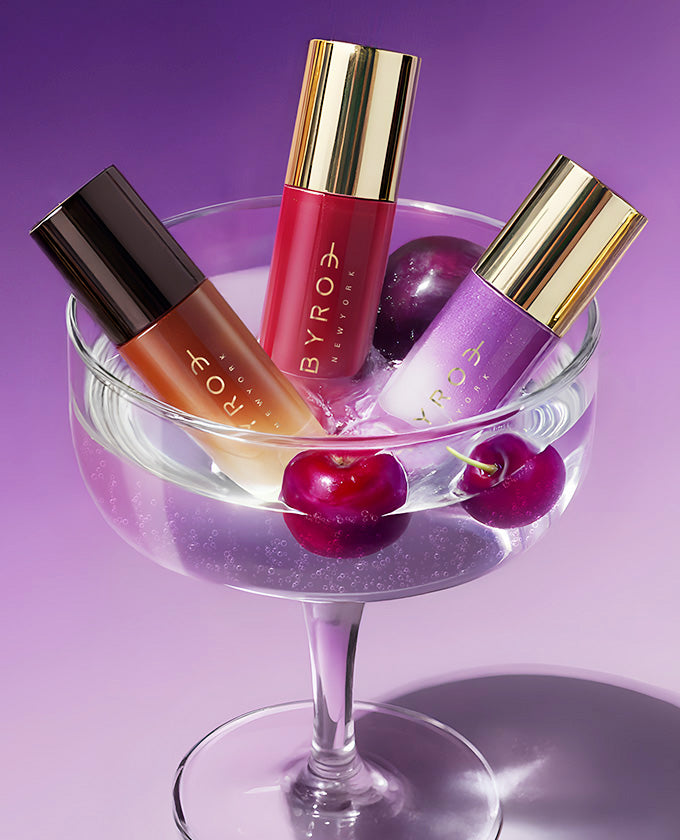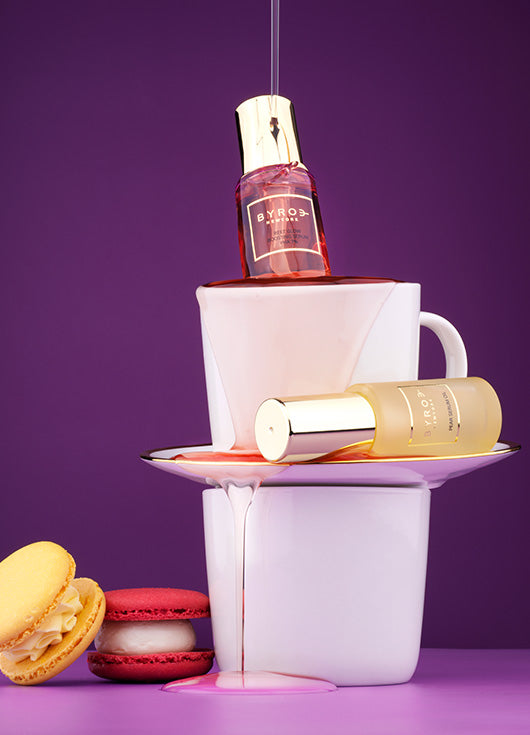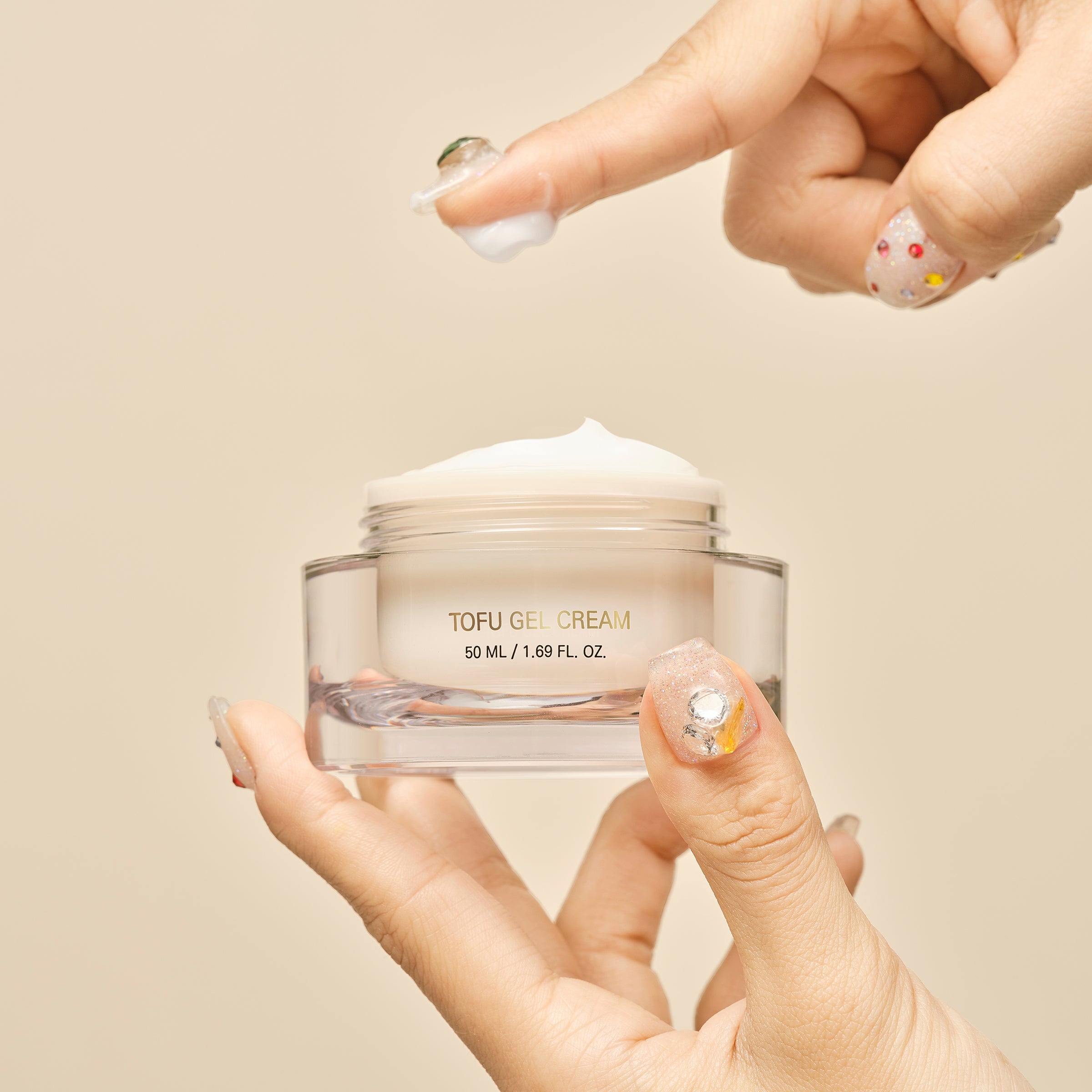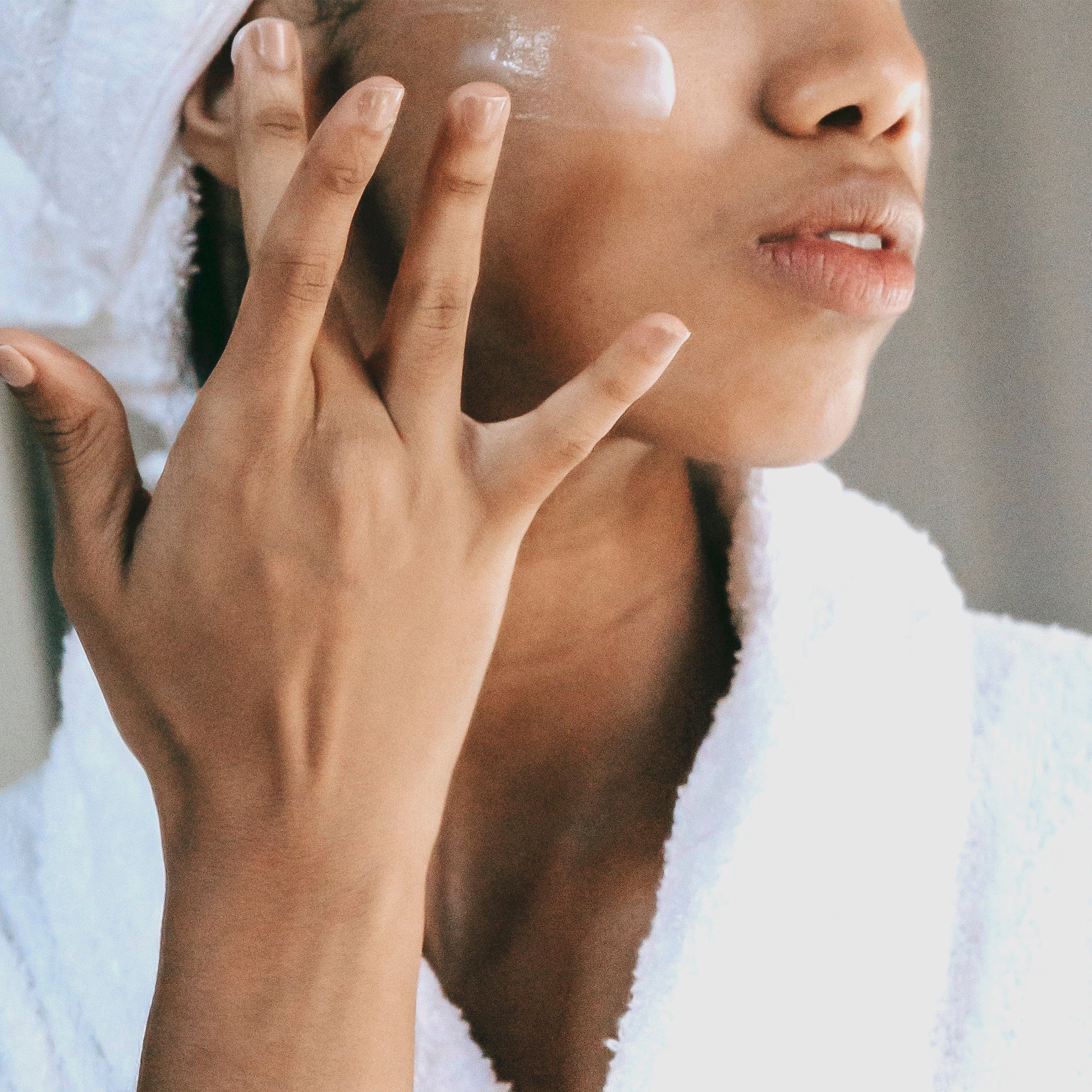Truth is — you may be using the right ingredients at the wrong time. While there are perfect pairings in the skincare world like vitamin C and SPF. Not all ingredients are made to be used together. In fact, using the wrong ingredients together can lead to red, itchy, inflamed skin. Sound familiar? Keep reading to find out which ingredient pairings just don’t mix.
Skincare pairings
You Should Avoid
Skincare pairings
You Should Avoid
Skincare pairings
You Should Avoid
These products are better left alone
Vitamin C + Retinol
Known as the gold standard in anti-aging, there is no shortage of love for these two powerhouse ingredients. Vitamin C is known for its ability to smooth lines and brighten your complexion. Retinol, on the other hand, is one of the most researched and effective ingredients to increase collagen production, firming and plumping the skin, and it can even keep acne at bay. We know what you’re thinking — why not use them both together for best results?
When used together, they can cause redness and irritation, especially for more sensitive skin types. While both ingredients are incredibly effective they are also very powerful. Retinol, in particular, can have side effects like peeling, redness, and inflammation if not used correctly. It’s best to use these two ingredients at different times to reap the benefits. Vitamin C is best used in the morning to protect your skin from environmental stressors that can cause aging. While Retinol works best at night to visibly repair and regenerate the skin. This is the best way to use them while maintaining your skin barrier function and avoiding unnecessary irritation.
Retinol + Salicylic Acid
It’s safe to say Retinol is best used alone but let us explain why. If you take a look at the instructions of any Retinol product you’ll notice that they caution you to start slow. Typically, using it maybe 1-2 times a week before your skin becomes tolerant. This type of caution is why you shouldn’t mix it with other ingredients especially Salicylic Acid. When used together they’re more likely to cause redness and inflammation to the skin.
If you’re looking to fight clogged pores and aging, we recommend using Niacinamide and Salicylic Acid instead. Niacinamide works alongside Salicylic Acid to even your complexion and clarify pores without irritating your skin. In fact, many products include both ingredients in their formulas for double the effectiveness.
BHA + Benzoyl Peroxide
BHA and Benzoyl Peroxide are a no-go! Acids, like BHAs, are chemical exfoliators that dive deep within the skin getting rid of old cells revealing fresh, healthy ones. While this is great, they can also leave your skin more prone to irritation so it’s best to skip pairing it with Benzoyl Peroxide. When used together, they can wreak havoc on your skin causing everything from redness and peeling to skin conditions like dermatitis.
We recommend using your exfoliator 1-2 times a week and using your Benzoyl Peroxide products on the other days. You can also spot treat with Benzoyl Peroxide instead of applying it all over your face if you want to target a specific area.
💛 LONG STORY SHORT
Not all ingredients are made to work together and that’s ok! You can still experiment with these ingredients when use appropriately to avoid any harsh side effects.
These products are better left alone
Truth is — you may be using the right ingredients at the wrong time. While there are perfect pairings in the skincare world like vitamin C and SPF. Not all ingredients are made to be used together. In fact, using the wrong ingredients together can lead to red, itchy, inflamed skin. Sound familiar? Keep reading to find out which ingredient pairings just don’t mix.
Vitamin C + Retinol
Known as the gold standard in anti-aging, there is no shortage of love for these two powerhouse ingredients. Vitamin C is known for its ability to smooth lines and brighten your complexion. Retinol, on the other hand, is one of the most researched and effective ingredients to increase collagen production, firming and plumping the skin, and it can even keep acne at bay. We know what you’re thinking — why not use them both together for best results?
When used together, they can cause redness and irritation, especially for more sensitive skin types. While both ingredients are incredibly effective they are also very powerful. Retinol, in particular, can have side effects like peeling, redness, and inflammation if not used correctly. It’s best to use these two ingredients at different times to reap the benefits. Vitamin C is best used in the morning to protect your skin from environmental stressors that can cause aging. While Retinol works best at night to visibly repair and regenerate the skin. This is the best way to use them while maintaining your skin barrier function and avoiding unnecessary irritation.
Retinol + Salicylic Acid
It’s safe to say Retinol is best used alone but let us explain why. If you take a look at the instructions of any Retinol product you’ll notice that they caution you to start slow. Typically, using it maybe 1-2 times a week before your skin becomes tolerant. This type of caution is why you shouldn’t mix it with other ingredients especially Salicylic Acid. When used together they’re more likely to cause redness and inflammation to the skin.
If you’re looking to fight clogged pores and aging, we recommend using Niacinamide and Salicylic Acid instead. Niacinamide works alongside Salicylic Acid to even your complexion and clarify pores without irritating your skin. In fact, many products include both ingredients in their formulas for double the effectiveness.
BHA + Benzoyl Peroxide
BHA and Benzoyl Peroxide are a no-go! Acids, like BHAs, are chemical exfoliators that dive deep within the skin getting rid of old cells revealing fresh, healthy ones. While this is great, they can also leave your skin more prone to irritation so it’s best to skip pairing it with Benzoyl Peroxide. When used together, they can wreak havoc on your skin causing everything from redness and peeling to skin conditions like dermatitis.
We recommend using your exfoliator 1-2 times a week and using your Benzoyl Peroxide products on the other days. You can also spot treat with Benzoyl Peroxide instead of applying it all over your face if you want to target a specific area.
💛 LONG STORY SHORT
Not all ingredients are made to work together and that’s ok! You can still experiment with these ingredients when use appropriately to avoid any harsh side effects.
These products are better left alone
Truth is — you may be using the right ingredients at the wrong time. While there are perfect pairings in the skincare world like vitamin C and SPF. Not all ingredients are made to be used together. In fact, using the wrong ingredients together can lead to red, itchy, inflamed skin. Sound familiar? Keep reading to find out which ingredient pairings just don’t mix.
Vitamin C + Retinol
Known as the gold standard in anti-aging, there is no shortage of love for these two powerhouse ingredients. Vitamin C is known for its ability to smooth lines and brighten your complexion. Retinol, on the other hand, is one of the most researched and effective ingredients to increase collagen production, firming and plumping the skin, and it can even keep acne at bay. We know what you’re thinking — why not use them both together for best results?
When used together, they can cause redness and irritation, especially for more sensitive skin types. While both ingredients are incredibly effective they are also very powerful. Retinol, in particular, can have side effects like peeling, redness, and inflammation if not used correctly. It’s best to use these two ingredients at different times to reap the benefits. Vitamin C is best used in the morning to protect your skin from environmental stressors that can cause aging. While Retinol works best at night to visibly repair and regenerate the skin. This is the best way to use them while maintaining your skin barrier function and avoiding unnecessary irritation.
Retinol + Salicylic Acid
It’s safe to say Retinol is best used alone but let us explain why. If you take a look at the instructions of any Retinol product you’ll notice that they caution you to start slow. Typically, using it maybe 1-2 times a week before your skin becomes tolerant. This type of caution is why you shouldn’t mix it with other ingredients especially Salicylic Acid. When used together they’re more likely to cause redness and inflammation to the skin.
If you’re looking to fight clogged pores and aging, we recommend using Niacinamide and Salicylic Acid instead. Niacinamide works alongside Salicylic Acid to even your complexion and clarify pores without irritating your skin. In fact, many products include both ingredients in their formulas for double the effectiveness.
BHA + Benzoyl Peroxide
BHA and Benzoyl Peroxide are a no-go! Acids, like BHAs, are chemical exfoliators that dive deep within the skin getting rid of old cells revealing fresh, healthy ones. While this is great, they can also leave your skin more prone to irritation so it’s best to skip pairing it with Benzoyl Peroxide. When used together, they can wreak havoc on your skin causing everything from redness and peeling to skin conditions like dermatitis.
We recommend using your exfoliator 1-2 times a week and using your Benzoyl Peroxide products on the other days. You can also spot treat with Benzoyl Peroxide instead of applying it all over your face if you want to target a specific area.
💛 LONG STORY SHORT
Not all ingredients are made to work together and that’s ok! You can still experiment with these ingredients when use appropriately to avoid any harsh side effects.






Leave a comment
All comments are moderated before being published.
This site is protected by hCaptcha and the hCaptcha Privacy Policy and Terms of Service apply.